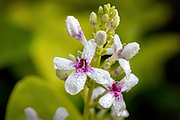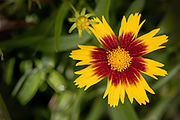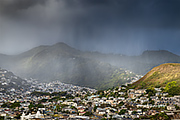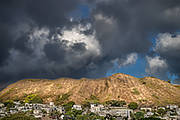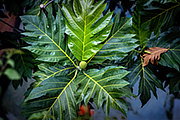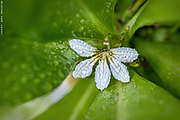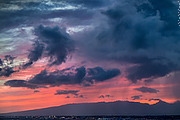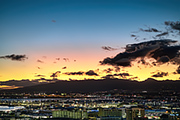.•
Canon RF 85 2.0 Macro IS STM
Flowers to Sunsets and Beyond
Peter
Kun Frary
.
.
For the past month I've been shooting with the Canon RF 85 2.0 Macro IS STM on an EOS R. The macro moniker means that this lens may be used for closeup photography, i.e., macrophotography. This lens, like most macro lenses, can pull double duty as a general use lens. Macro lens attributes—close focus, edge to edge sharpness and a high level of distortion correction—are also great for general photography. This lens has a maximum magnification of .5X at .35 m, or half-life size, and ideal for flowers, small products and flat art.
Hidden World | EOS R, RF 85 2.0 Macro IS STM | F5.6, 1/320 sec, ISO 1000
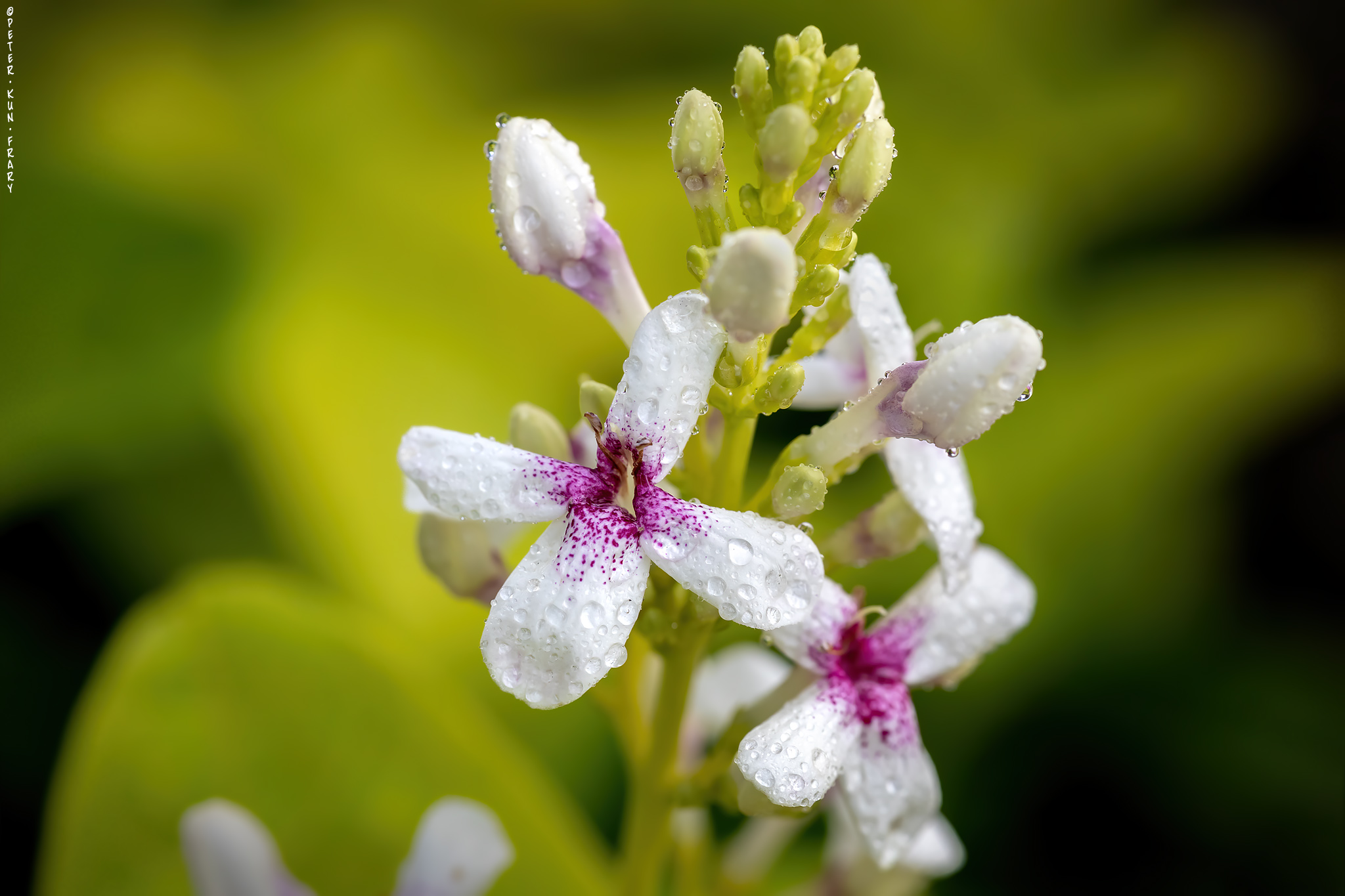
This review consists of my opinions and observations as a hobbyist. No scientific measurements, MFT charts or pixel level comparisons will be found here.
 Compatibility Compatibility
The RF 85 2.0 Macro IS STM lens is designed for Canon EOS R series mirrorless cameras such as the R, RP, R3, R5 and R6. It does not fit Canon DSLR and M series cameras, or non-Canon cameras such as Pentax, Nikon, Fuji, etc.
Canon RF 85 2.0 Macro IS STM | Image courtesy Canon
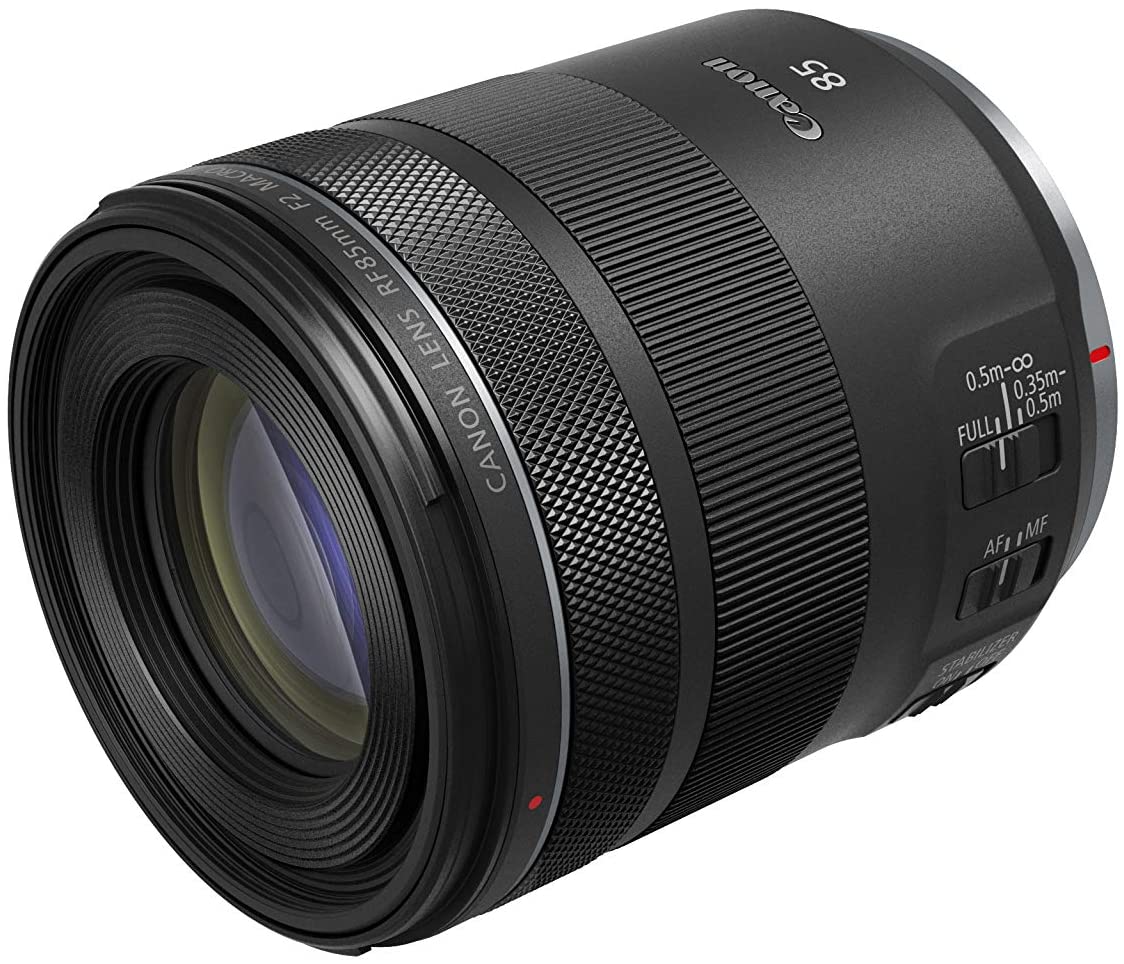
 Construction Construction
The matte black exterior is plastic, fingerprint resistant, and styled similarly to Canon's recent EF-S, EF-M and RF lens offerings. Build quality appears robust and fit and finish are excellent. The lens mount is metal. At 500 g, this lens has some heft, and is comparable in weight to a normal range zoom such as an EF-S 18-135 3.5-5.6 IS USM (515 g) or EF 24-105 3.5-5.6 IS STM (525 g). Weather sealing is not included in this model.
The three switches, stabilizer, AF/MF and focus range, are firm and unlikely to be moved inadvertently. There are two rings: a control ring and manual focus ring. Both rings may be customized with various options in the camera Tab Menu. Click stops are employed on the control ring, making it handy for changing exposure compensation, aperture or shutter speeds.
Harbor Vista | EOS R, RF 85 2.0 Macro IS STM | F5.6, 1/500 sec, ISO 125
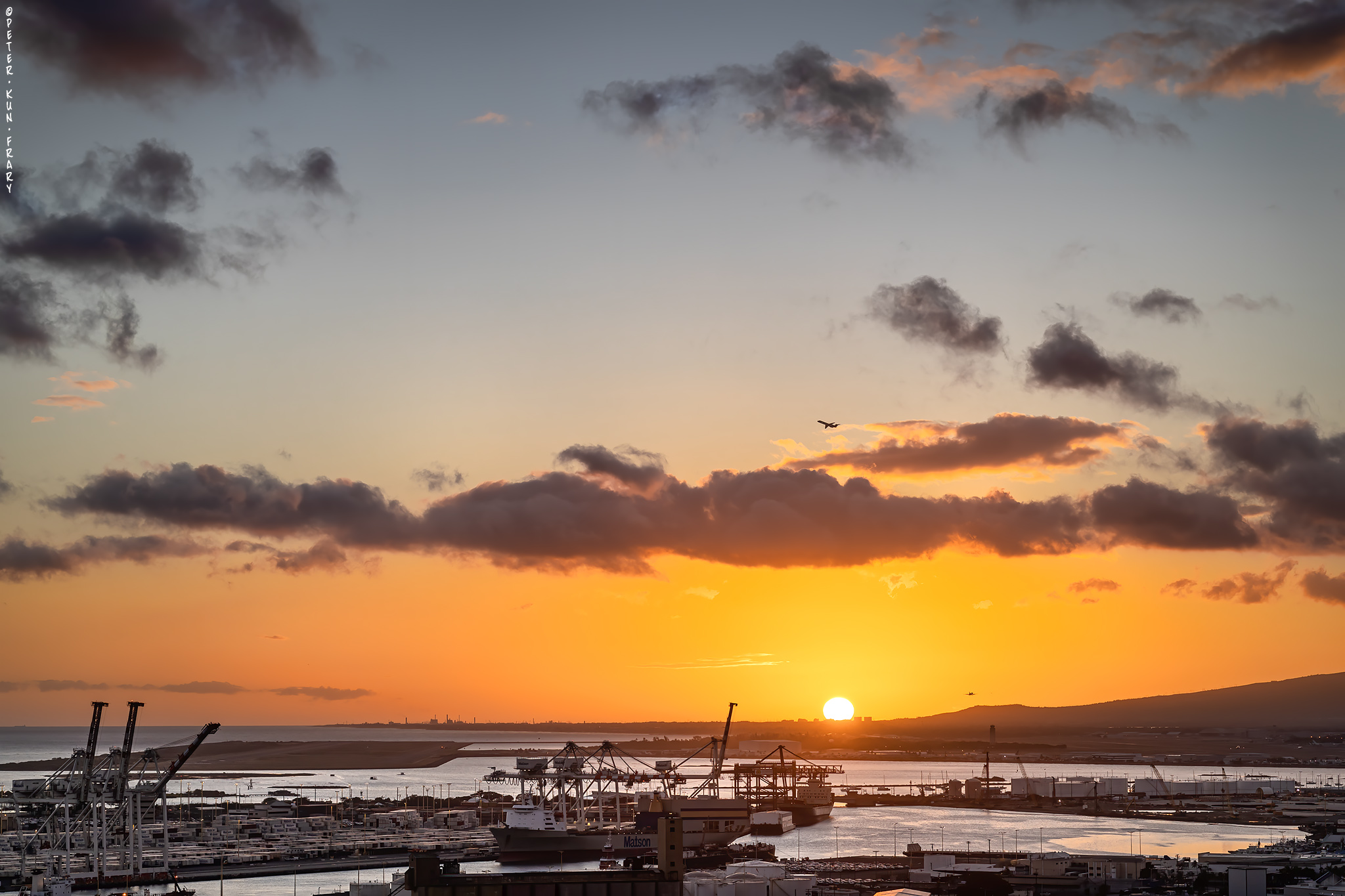
 Focus Focus
Auto Focus
In one-shot mode, focus is accurate and surefooted, rarely missing on my EOS R and R7 in both macro and normal ranges. For macro, where DOF is razor thin, I place a single AF point where I desire focus. I don't trust auto AF selection or zone focus for macro because the camera doesn't know if you prefer the flower stamen or petal in focus.
Auto focus is pianissimo but audible in quiet environments. Granted the camera is against your head so it seems louder than it is. Auto focus sounds are inaudible outdoors when shooting in Hawaiian trade wind weather. In a quiet room, small focus adjustments and movie servo produce soft creaking sounds. Larger focus adjustments—cycling from macro to infinity—emit a robotic whirl and may be picked up by the built-in camera mics. Use an external mic for video. I normally do anyway (Sennheiser Shotgun mic), but something to consider if you're planning video.
Manual Focus
For macro, having effective manual focus (MF) is a desirable feature. Indeed, Canon thoughtfully included a dedicated MF ring along with an AF/MF switch. When MF is engaged, a distance scale appears in the viewfinder of my EOS R and R7. The focus-by-wire manual focus ring is smooth, ample and easy to grip, and has a long throw optimized for fine adjustments.
FTM
One aspect of this lens, and some other STM drive models as well, is full-time manual (FTM) focus is possible via a setting in the TAB Menu. Thus, instead of flipping the AF/MF switch, leave the camera in AF mode and turn the MF ring to override AF. You also need to leave the shutter button half-depressed during MF operation. Once satisfied with focus, press the shutter button all the way to take the picture. If the half-pressed shutter button is released before taking the photo, the MF setting will be lost.
To set FTM, press the TAB MENU button on the EOS R (similar on other R series cameras). Open the AF tab, tap menu 4 and select the "Lens electronic MF" sub-menu. Select your desired option—I prefer One-shot enabled—and you're done.
Nu'uanu Valley | EOS R, RF 85 2.0 Macro IS STM | F5, 1/320 sec, ISO 125

 Focus Speed Focus Speed
Like most macro lenses, this lens uses front element extension to focus and is by design slower to focus than lenses with internal focus. However, the only time AF felt slow to me was pulling from macro range to infinity. It's better to use the MF ring to get focus in the ball park. I found one-shot AF nimble, accurate and surefooted most of the time, and fast enough for landscapes, macro and portraits.
For movie servo focusing during a typical video blog—sitting on chair holding a guitar—it was peppy on my EOS R and R7, staying locked on my eye without struggling or searching.
Canon RF 85 2.0 Macro IS STM | Image courtesy Canon
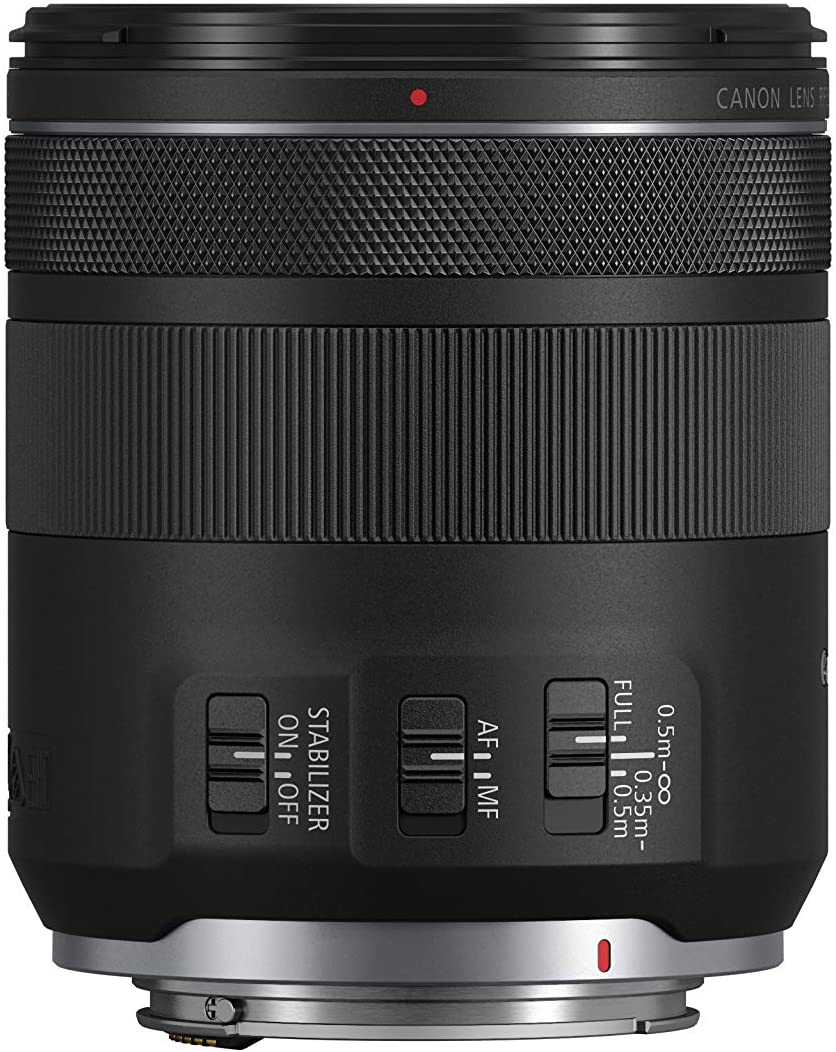
 Focus Range Limiter Focus Range Limiter
The focus limiter—focusing range distance in Canon speak—is located on the lens barrel and has three positions:
Full range | 0.5 m to infinity | .35 m to .5 m
If you’re not using the macro range, keep the focusing distance range set to .5m to infinity and you’ll avoid a split second of needless focusing. For macro, set it to .35 m to .5 m. With that said, unlike my prior macro lenses, the RF 85 2.0 Macro IS STM has no problem locking focus on infinity after starting from the macro range.
Honolulu Twilight | EOS R, RF 85 2.0 Macro IS STM | F3.2, 1/125 sec, ISO 100

 AI servo AI servo
The manual recommends AI servo focus for macro. This recommendation puzzled me since AI Servo is constantly focusing and focus varies from shot to shot. However, Canon is assuming you're hand holding the camera, making AI servo a good choice since standing humans sway back and forth slightly during picture taking. Coupled with hybrid IS, it's hard not it get a sharp image! However, if you normally use a tripod for macro, it is better to select an AF point in one-shot mode and lock on the exact point you want in focus.
Recompose with AI Servo
One technique that works great with the RF 100 2.8L Macro IS USM and RF-S 18-150 3.5-6.5 IS STM is an AI servo variation on the old lock AF and recompose technique. For example, with AI servo and subject tracking enabled, select a point of focus—e.g., lizard's eye or a flower stamen—and recompose. AF keeps focus on the eye or stamen as you adjust composition. Unfortunately, the RF 85 2.0 Macro IS STM is too slow to use this technique reliably—very hit or miss.
I don't shoot sports but I used AI servo to track humans walking slowly towards me and the RF 85 2.0 Macro IS STM did well until within a couple meters. Snagging sharp images from marches and processionals shouldn't be a problem. Unfortunately, tracking fast subjects is a struggle. It is simply not quick enough to reliably track running humans, animals or even flowers swaying in trade winds. With the R7 and R6 MK II, it loses focus in mere seconds. However, if I get a shot off in those first few seconds, most images will be sharp. If subject tracking is your thing, save up for a lens with internal element focus and Nano USM such as the RF 100mm F2.8 L Macro IS USM or RF 70-200 4L IS USM.
Bird of Paradise | EOS R, RF 85 2.0 Macro IS STM | F5.6, 1/320 sec, ISO 500
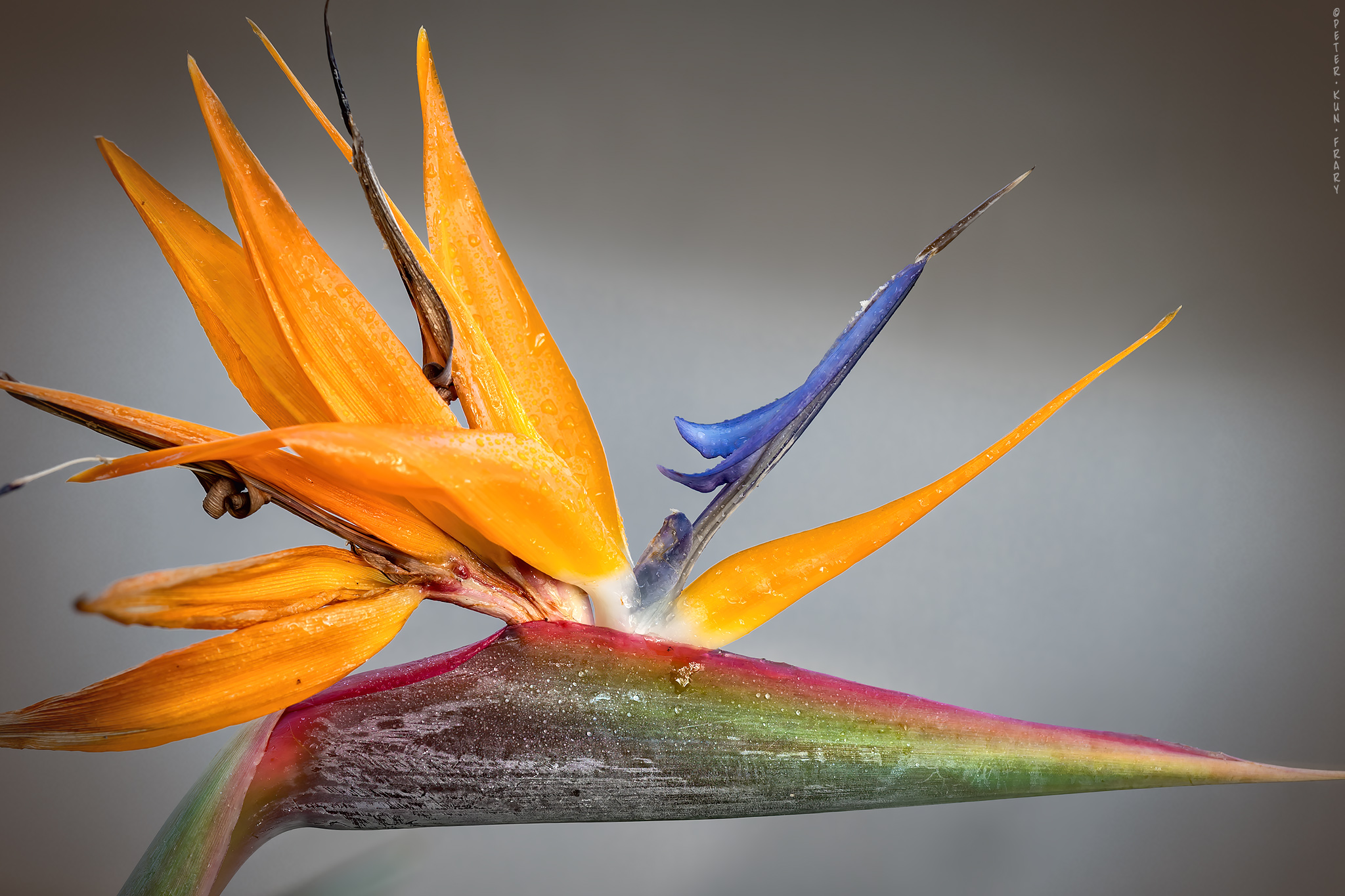
 Macro Mode Macro Mode
Macro results are impressive at .5x, making it ideal for flowers, small products and artwork. No macro switches or locks, just focus on a subject as near as .35 m. With Hybrid Image Stabilization and AI Servo focus engaged, I was able to consistently nail sharp free standing flower shots I normally needed a tripod for. A tripod is still preferred for such shots, but being able to get a sharp impromptu macro is a wonderful feature for travel and museum visits.
Naupaka | EOS R, RF 85 2.0 Macro IS STM | F5.6, 1/320 sec, ISO 1250

 Image
Quality Image
Quality
Optically this lens is a winner: sharp from macro to infinity and well corrected for distortion. Use of the lens correction profile isn’t really needed in LR as distortion and light fall-off are negligible. And no flare problems with blazing Hawaiian sunsets! The 0.5x macro is great for flowers and small products, delivering crisp details consistently. Hybrid IS provides smooth stabilization compared to the EF lenses of yesteryear, compensating surprisingly well when I sway back and forth during closeups.
Wide open at F2 it's sharp center frame and slightly soft and darker near edges—but usable even without lens profile corrections. By F2.8 it's extremely sharp center frame, shows a slight contrast increase but still exhibits a tiny amount of softness in extreme corners. By F5.6 it's razor sharp across the frame, including corners. Stopping down more than F5.6 doesn't make much difference save for increasing DOF.
I found the RF 85 2.0 Macro IS STM excellent for night photography. Shooting full frame and wide open there is a small amount of coma along the edges of the frame. Coma quickly reduces as you stop down—even F2.2 shows less coma—and by F2.8 coma is basically nil. In comparison, the RF 50 1.8 STM suffers more pronounced coma—and coma that covers a larger proportion of the frame.
On the EOS R7 (APS-C), coma is virtually nonexistent because over half the image circle is cropped out.
Landscapes with prominent horizons or vertical lines show no discernible distortion. I usually disable the lens profile correction in Lightroom.
Bokeh is smooth in defocused areas from F2 to F5.6. For macro, I rarely stop down past F8 as the background appears too busy for my taste.
Wedelia | EOS R, RF 85 2.0 Macro IS STM | F5.6, 1/320 sec, ISO 500
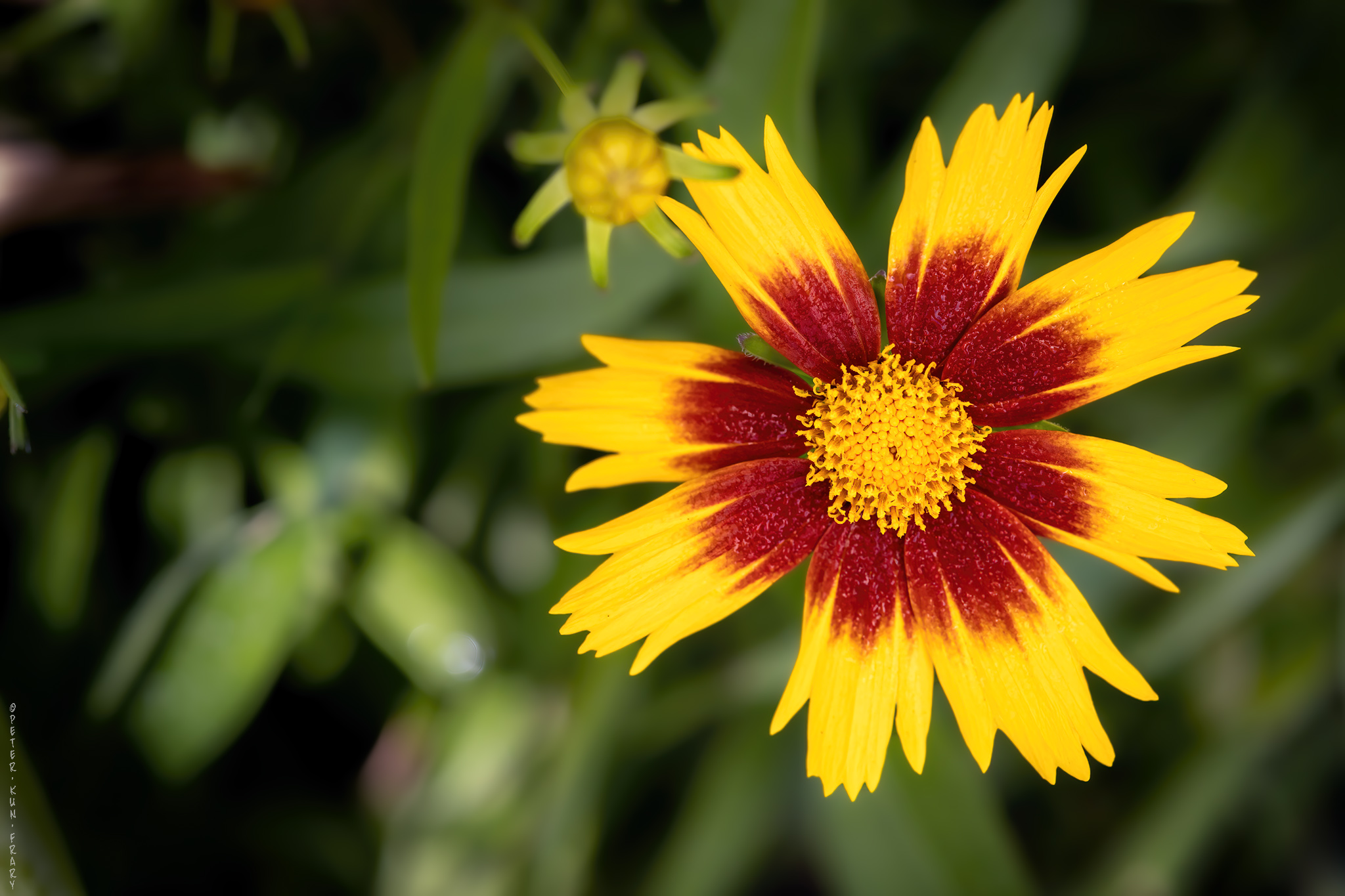
 Image Stabilizer Image Stabilizer
The 5-stop hybrid image stabilization (IS) system reduces the effects of camera shake in both the vertical plane and back and forth motions when using the camera angled downwards. I'm not as steady as I used to be so, for me, this lens allows about four stops of additional hand holdable range for normal photography with my EOS R (no IBIS). IS is quiet and isn't audible on video when using built-in mics. This IS unit is also designed to detect panning and compensate accordingly.
IBIS and IS
If you own an R series camera with IBIS—in-body image stabilization—Canon claims this lens will deliver up to 8 stops of stabilization! Of course, your results may vary according to how steady your technique is, but it was rare for me to get a blurry photo due to hand shake when shooting with IBIS equipped cameras such as the EOS R7 and R6 MK II.
 Lens Hood ET-77 Lens Hood ET-77
For macro shooting I use a lens hood, not merely to help nix lens flare, but to protect the front element from raindrops, pokes and bumps. Unfortunately, a lens hood is not provided with the RF 85 2.0, but is available as an accessory: the Canon Lens Hood ET-77. The ET-77 is a bayonet mount design with a lock and release tab. Unlike older bayonet designs lacking a tab, it's unlikely to rotate off accidentally.
Canon Lens Hood ET-77 | Image courtesy Canon
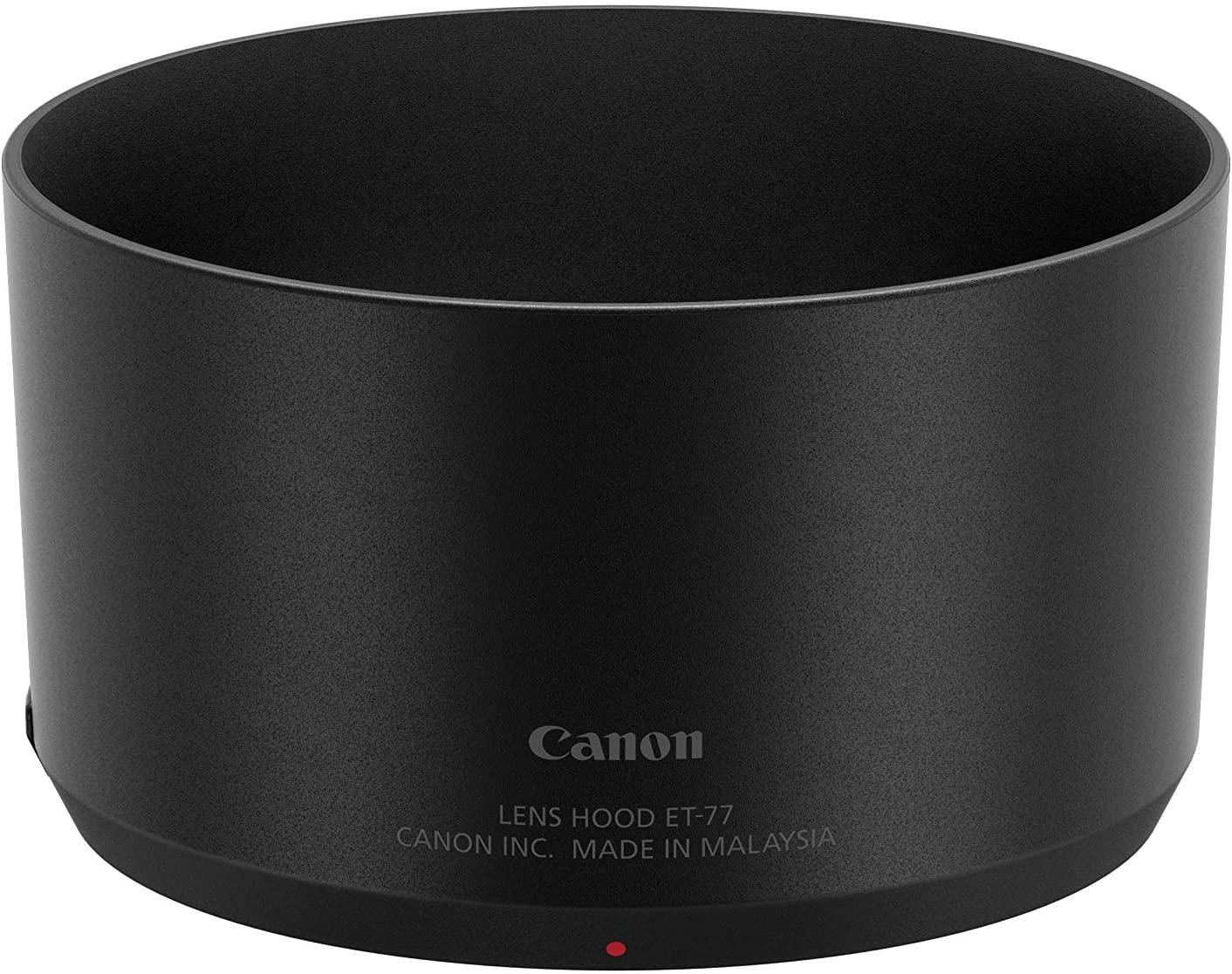
The ET-77 is a handsome piece of plastic but lacks felt flocking, and is priced at a cringe worthy $50 US. You may wish to consider substituting a Chinese knockoff hood. For example, the JJC LH-ET77 provides 90% of the quality and function of the ET-77 at 20% of the OEM price.
'Ulu | EOS R, RF 85 2.0 Macro IS STM | F4, 1/250 sec, ISO 100
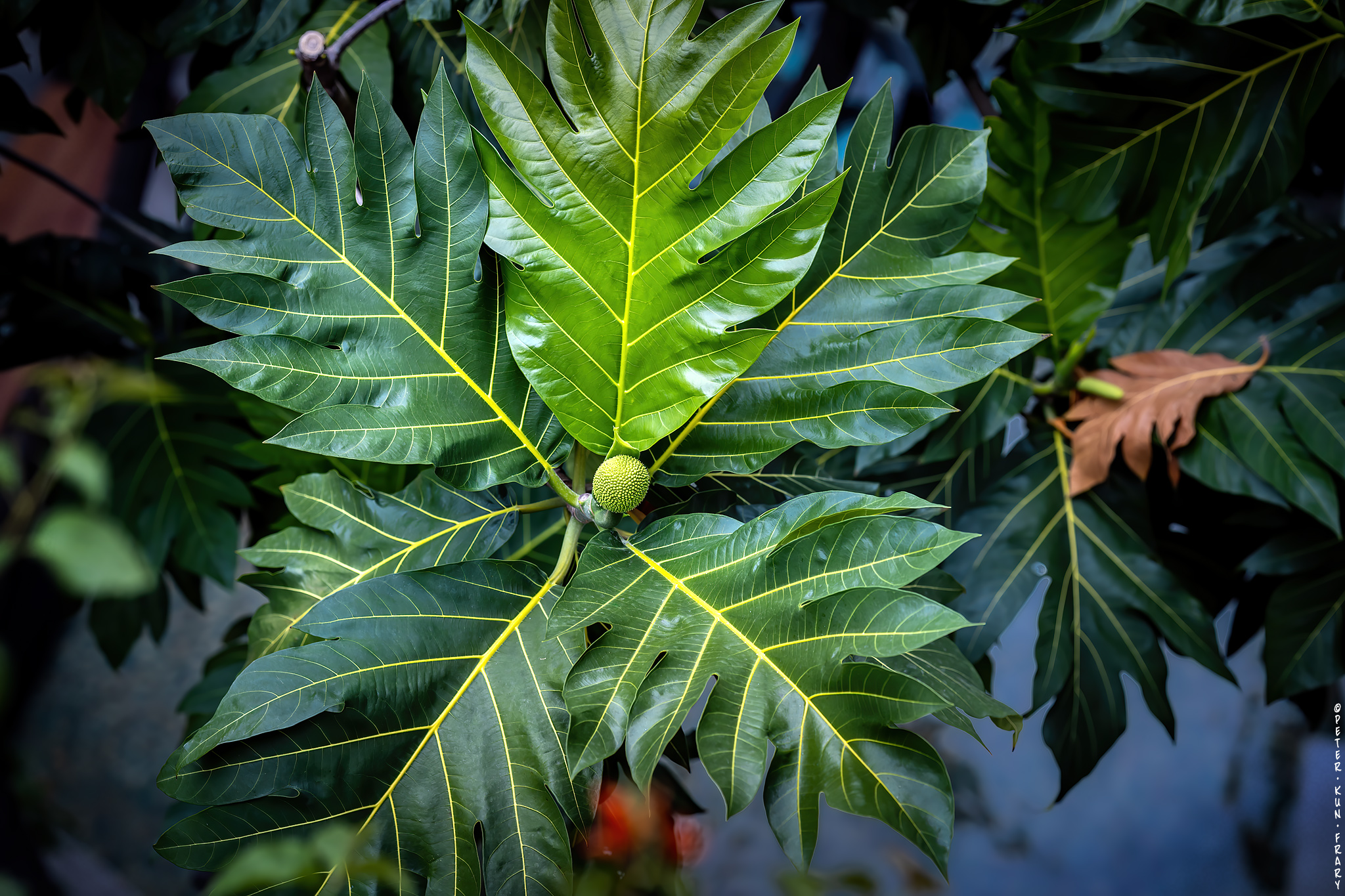
 Musings Musings
I upgraded from the EF 85 1.8 USM, and found the RF 85 2.0 Macro IS STM a significant upgrade in terms of image quality, image stabilization and close focus. The old EF 85 1.8 USM displayed mild chromatic aberration (magenta fringing) in back-lit situations, could only focus close enough for a head and shoulders portrait, and lacked IS. On the other hand, the older 85mm lens features a slightly larger aperture, is significantly smaller and lighter, has a distance window, and the ring USM with internal focus is fast and more AI servo capable. The image stabilization and close focus of the RF 85 2.0 Macro IS STM were important for me, and losing the mount adapter for R cameras was a big plus.
I've been using the RF 85 2.0 Macro IS STM primarily for landscapes in one-shot mode. I like this focal length because it aligns with the sweet spot in my vision, and matches the apparent size of objects of the viewfinder. In other words, I can open both eyes and a tree is sized the same in both the viewfinder and my unaided sight. While this attribute may seem odd, it enables me to see compositions accurately without raising camera to eye.
Pūowaina | EOS R, RF 85 2.0 Macro IS STM | F6.3, 1/500 sec, ISO 105
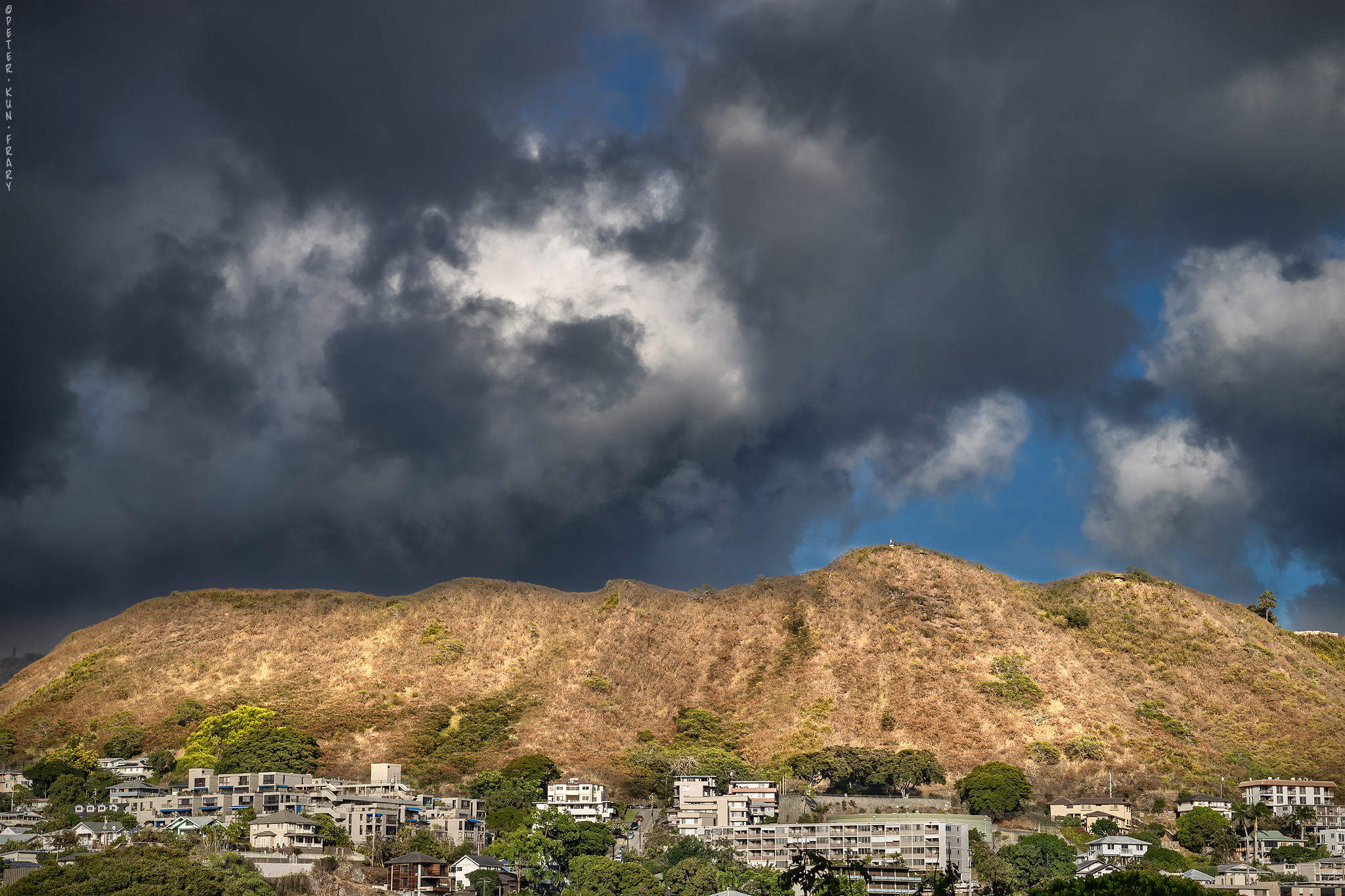
For macro I often prefer a wider lens as I frequently work in tight quarters. For years the EF-s 35 2.8 Macro IS STM was my mainstay for copying slides, negatives, artwork, documents and flowers. This lens lives on my old EOS 80D, and, as of yet, there's no equivalent solution for R cameras. I own the RF 35 1.8 Macro IS STM, and it's great, but only goes to half-life size, so not close enough for copying slides and negatives unless an extension tube is used. Of course, there's the Canon RF100mm F2.8 L Macro is USM with 1.4X (bigger than life size) but, at $1400, is pricey for slide and negative duplicator duties.
 Final Blurb Final Blurb
The RF 85 2.0 Macro IS STM is a wonderful lens for general use on my EOS R and R7. It's sharp and well corrected, focuses accurately in one-shot mode, and the five-stop stabilization works amazingly well. I love this lens for landscapes and closeups of foliage and flowers. However, if you need a fast prime for AI servo subject tracking, save up for the RF100mm F2.8 L Macro is USM.
Please help support this site by purchasing the RF 85 2.0 Macro IS
STM at Amazon.com.
 
 Specifications Specifications
Focal Length and Aperture | 85 mm | F2.0 to F29
Lens Construction | 12 elements in 11 groups
Diagonal Angle of View | 28°30'
Closest Focusing Distance | 0.35 m (1.14 ft.)
Filter Size | 67 mm
8-blade, circular aperture
5-stop hybrid image stabilization
Focus Limiter: Full range | 0.5 m to infinity | .35 m to .5 m
Max. Diameter x Length, Weight | 78 x 90.5 mm, 500 g | 3.07 x 3.56 in., 17.64 oz.
Included Accessories: dust and lens caps
Aftermarket Accessories: Lens Hood ET-77 and Case LP1216
MAP | $599
 Reference Reference
Canon RF 85mm f/2 Macro IS STM Instructions. CT1-D158-A. Canon, 2020.
04/14/2022 | Revised 09/27/2023

©Copyright 2022-24 by Peter Kun Frary | All Rights Reserved
|
